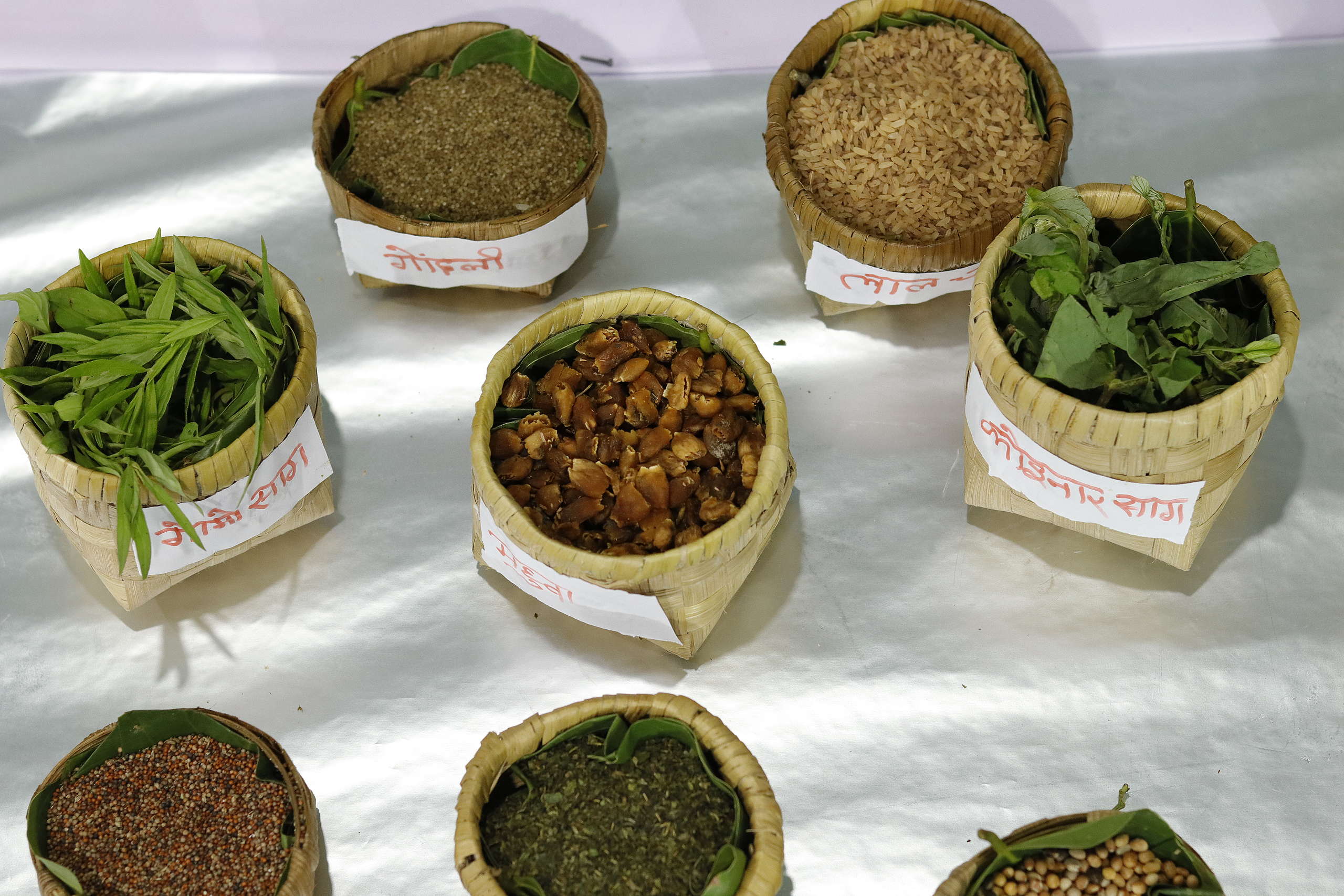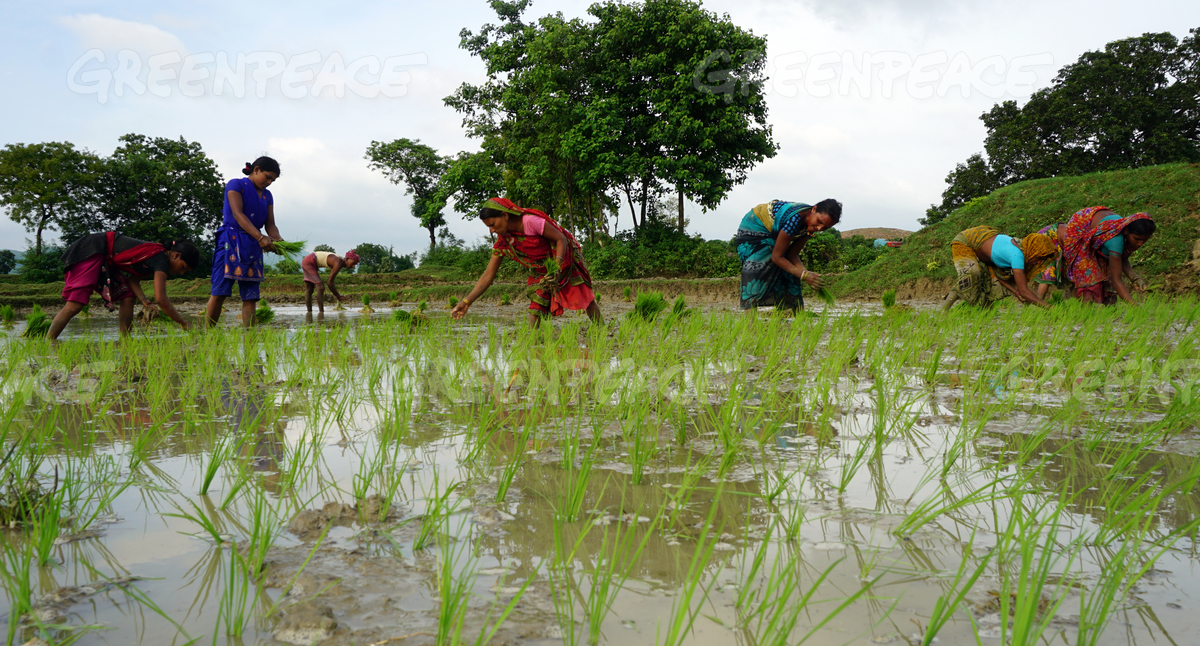The Government of India has proposed mandatory rice fortification to tackle the issue of malnutrition in the country. The process of fortification includes externally adding nutrients to a food item with the aim to increase its nutritional value. This report brings to light the lack of adequate scientific data to validate this recent policy move, based on a series of Right to Information (RTI) requests. The report emphasizes the need to focus on dietary diversity and enhanced access to nutritional food to tackle malnutrition and the growing issue of climate change-induced food scarcity. The report concludes with alternatives to mandatory rice fortification.
Read The Report Here
Related Posts
-

‘A Game Changer’: For nutritional security and climate resilience in Jharkhand
For the majority of Jharkhand’s population, uncultivated foods and edible weeds have been a major source of food and an inexpensive source of micronutrients. Unfortunately, such foods are losing their…
-

We can’t afford destruction of our Rice Heritage
Will you believe me if I say that till late 1960s we, the Indians, were proud owners of over 110 thousand indigenous varieties of rice? Believe it or not, it…
-

ARE CITIES IN SOUTHERN INDIA BREATHING SAFE AIR?
This report brings together the key insights from an air quality of analysis of 10 cities in South India: Bengaluru, Chennai, Hyderabad, Mysuru, Kochi, Mangalore, Visakhapatnam, Amaravati, Coimbatore and Puducherry.…

Discussion
What fortified rice? Please explain me
The majority of people around the world, but more especially in the developing countries of the Third World, depend on rice as a staple food. This is true notwithstanding the fact that its main protein is starch, a carbohydrate. A study done by Piccoli et al in 2012 has found out that fortified rice prevents micronutrient deficiencies. Fortification of rice, the researchers have discovered, is an effective way to prevent such deficiencies, because it improves iron levels and prevents anaemia. The debate is still ongoing however about whether such a correlation exists between rice fortification and high micronutrient levels. The potential for indigenous rice (or milled rice) for improving overall human health can also not be ignored, especially if you consider the findings by other researchers that the human body does not always absorb nutrients added to food in a proper way.